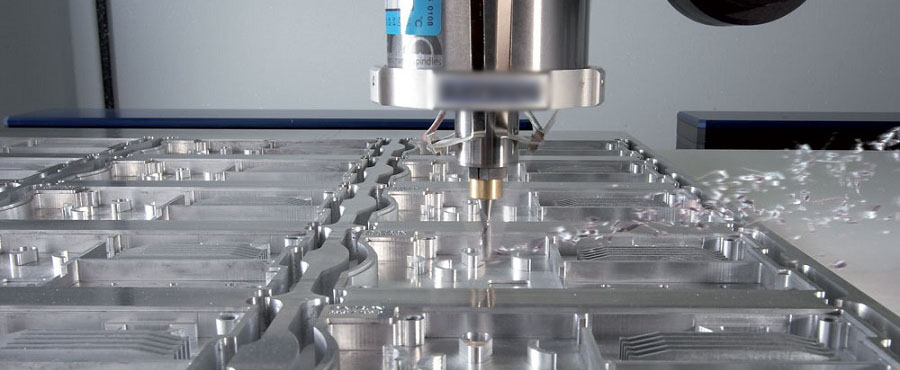Precision in CNC machining is a delicate dance of variables, and temperature is a significant partner in this performance. Temperature changes can exert subtle yet impactful influences on CNC precision parts, potentially affecting dimensions, material properties, and overall product quality. Therefore, maintaining a stable temperature environment is crucial for high-precision machining. Here’s an exploration of the effects of temperature changes and strategies to mitigate their impact:
1. Thermal Expansion and Contraction
Effect: One of the most prominent effects of temperature changes is thermal expansion and contraction. As temperature rises, materials tend to expand, and as it drops, they contract.
Mitigation: Engineers and machinists must account for these dimensional changes during the design phase. Choosing materials with low coefficients of thermal expansion can help mitigate the impact. Additionally, employing temperature-stable environments for machining and storage is crucial.
2. Material Property Changes
Effect: Temperature changes can alter the material properties of CNC precision parts, including hardness and tensile strength.
Mitigation: Choosing materials with stable mechanical properties across a range of temperatures is essential. Heat treatment processes can be optimized to enhance stability. Rigorous quality control measures, including material testing at various temperatures, help ensure consistency.
3. Machining Tolerances and Fits
Effect: Tight machining tolerances and interference fits may be compromised due to thermal expansion or contraction.
Statistical data shows that CNC machining errors caused by thermal deformation account for 40% to 70% of the total errors in precision machining.
Mitigation: Precision machining processes should be carefully monitored, and adjustments made to tooling or machining parameters in response to temperature fluctuations. Choosing fits with allowances for temperature-induced changes is critical.

4. Structural Integrity
Effect: Sudden or extreme temperature changes can induce stresses in CNC precision parts, potentially leading to structural integrity issues.
Mitigation: Stress-relief processes like annealing can be applied strategically to minimize residual stresses. Designing parts with consideration for uniform stress distribution can also help.
5. Lubrication Challenges
Effect: Temperature changes can impact the viscosity and effectiveness of lubricants, affecting the performance of moving parts.
Mitigation: Employing lubricants with a broad operating temperature range and conducting regular maintenance to ensure proper lubrication are key strategies. Lubricant selection should align with the expected temperature variations in the operating environment.
6. Measurement Accuracy
Effect: Temperature changes can influence the accuracy of measurement tools, affecting the precision of machined parts.
Mitigation: Calibrating measurement tools regularly and compensating for temperature variations during measurements are critical. Climate-controlled metrology rooms can provide a stable environment for accurate measurements.
7. Tool Wear and Cutting Performance
Effect: Temperature changes can impact the performance of cutting tools, affecting tool wear rates and, consequently, the quality of machined surfaces.
Mitigation: Machining parameters, including cutting speeds and feeds, may need adjustment based on temperature conditions. Choosing cutting tools designed for temperature stability and wear resistance is vital.
In conclusion, the effects of temperature changes on CNC precision parts demand a holistic approach that encompasses material selection, design considerations, machining strategies, and quality control measures. By integrating these considerations into the machining process, manufacturers can enhance the resilience of CNC precision parts against the influence of temperature variations, ensuring consistent quality and performance in diverse operating environments.



